 Mission, BC—A total of 80,000 trees will be planted in the Mission Municipal Forest this year as part of the Forestry Department’s annual silviculture and reforestation program. “There are very few things that define Mission more than its Municipal Forest,” said Mayor Paul Horn. …Planting started earlier this spring and will result in a mix of three varieties being added back to the land. …This year’s trees are Douglas fir, Western red cedar, and Western white pine. “The soils and plant life are key indicators to what tree species are best suited to that ecosystem,” said Kelly Cameron, Forest Technologist at the City of Mission. “ …As part of its climate change adaptation strategy, the Forestry Department is also working with the Province to allow for more inclusion of deciduous tree species in harvest areas as a means to increase diversity and resiliency in future forests.
Mission, BC—A total of 80,000 trees will be planted in the Mission Municipal Forest this year as part of the Forestry Department’s annual silviculture and reforestation program. “There are very few things that define Mission more than its Municipal Forest,” said Mayor Paul Horn. …Planting started earlier this spring and will result in a mix of three varieties being added back to the land. …This year’s trees are Douglas fir, Western red cedar, and Western white pine. “The soils and plant life are key indicators to what tree species are best suited to that ecosystem,” said Kelly Cameron, Forest Technologist at the City of Mission. “ …As part of its climate change adaptation strategy, the Forestry Department is also working with the Province to allow for more inclusion of deciduous tree species in harvest areas as a means to increase diversity and resiliency in future forests.
 VICTORIA – An audit of a range agreement for grazing cattle in the Quesnel Natural Resource District found that the rancher met the requirements of the Forest and Range Practices Act. The range tenure was selected randomly for audit. “Range practices were consistent with the range-use plan and the legal requirements, and protected water values,” said Kevin Kriese, chair, Forest Practices Board. “The rancher did a good job of protecting resources while grazing their cattle on public land.” The tenure covers just under 10,000 hectares in total and permits grazing of 620 Animal Unit Months (an AUM is the amount of forage consumed by a cow in a 30-day period). It is located 30 kilometres northwest of Quesnel, within the territories of the the Secwépemc, Tŝilhqot’in and Dakelh Nations. The auditors examined range planning and practices for compliance with the act and the Range Regulation.
VICTORIA – An audit of a range agreement for grazing cattle in the Quesnel Natural Resource District found that the rancher met the requirements of the Forest and Range Practices Act. The range tenure was selected randomly for audit. “Range practices were consistent with the range-use plan and the legal requirements, and protected water values,” said Kevin Kriese, chair, Forest Practices Board. “The rancher did a good job of protecting resources while grazing their cattle on public land.” The tenure covers just under 10,000 hectares in total and permits grazing of 620 Animal Unit Months (an AUM is the amount of forage consumed by a cow in a 30-day period). It is located 30 kilometres northwest of Quesnel, within the territories of the the Secwépemc, Tŝilhqot’in and Dakelh Nations. The auditors examined range planning and practices for compliance with the act and the Range Regulation. 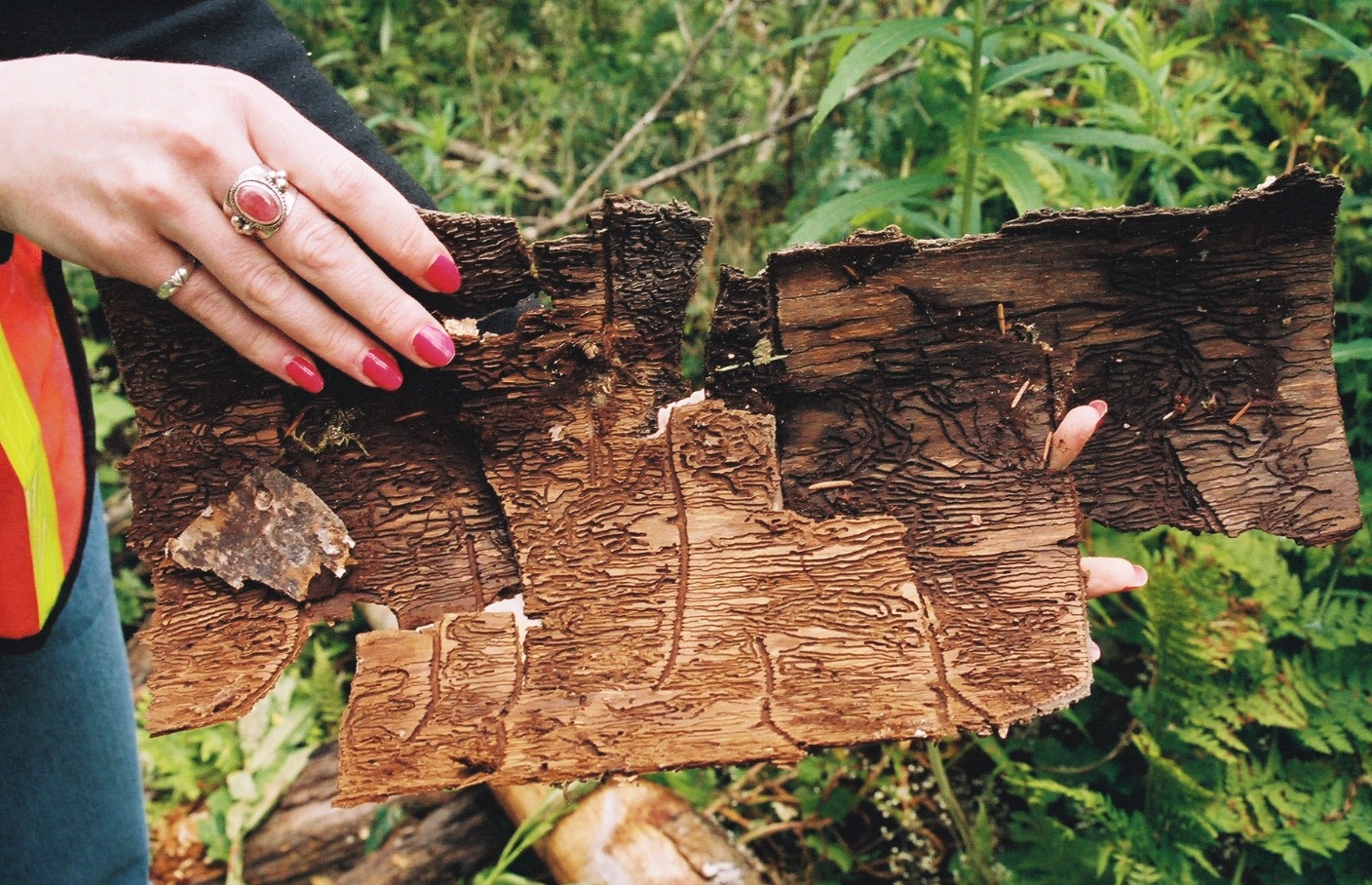 The District of Sicamous received exactly the same response as the Columbia Shuswap Regional District to a request for a moratorium on logging in the Wiseman Creek watershed. At its April 13 meeting, council received a letter from Grace Chomitz, a planning forester with BC Timber Sales (BCTS). In the letter, Chomitz referred to the District of Sicamous’ recommendation to halt logging activity for two years in the Sicamous Creek and Wiseman Creek watershed – areas impacted by the Two Mile Road wildfire in 2021 – due to there being a high risk of debris flow. The district’s recommendation was in response to a referral from BCTS regarding salvage logging proposed for areas of the watershed. …Chomitz said BCTS has conducted its own studies of the watershed and that harvesting within the fire area will help to make it “more resilient to bark beetles.”
The District of Sicamous received exactly the same response as the Columbia Shuswap Regional District to a request for a moratorium on logging in the Wiseman Creek watershed. At its April 13 meeting, council received a letter from Grace Chomitz, a planning forester with BC Timber Sales (BCTS). In the letter, Chomitz referred to the District of Sicamous’ recommendation to halt logging activity for two years in the Sicamous Creek and Wiseman Creek watershed – areas impacted by the Two Mile Road wildfire in 2021 – due to there being a high risk of debris flow. The district’s recommendation was in response to a referral from BCTS regarding salvage logging proposed for areas of the watershed. …Chomitz said BCTS has conducted its own studies of the watershed and that harvesting within the fire area will help to make it “more resilient to bark beetles.” 
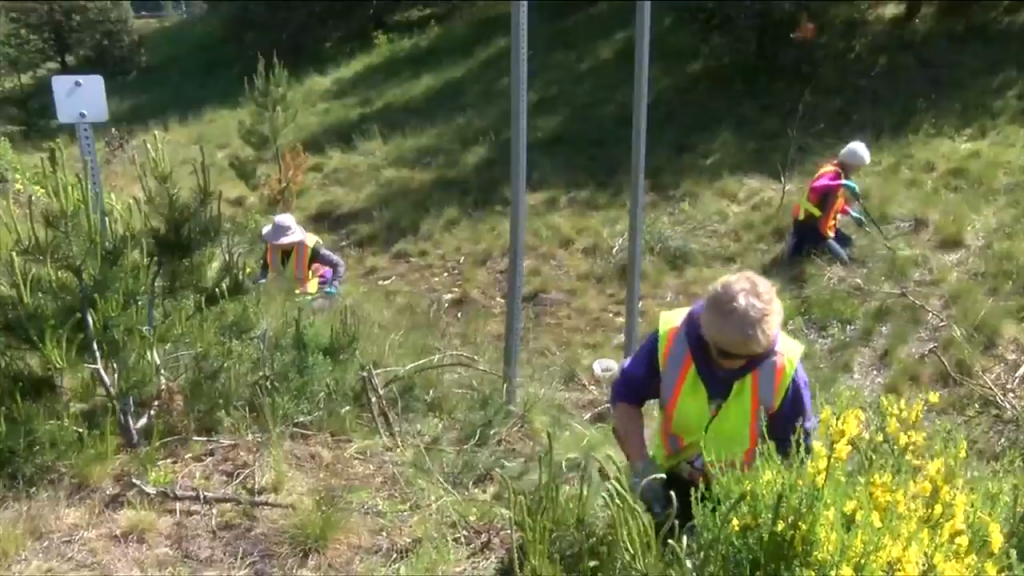
 The B.C. government has provided more than $696,000 in grants to four local governments and one First Nation in the Cariboo Fire Centre to support wildfire-risk-reduction initiatives and help keep communities safe. These Community Resiliency Investment (CRI) grants are part of more than $13 million provided to 107 recipients throughout B.C. following the latest application intake in the program’s FireSmart Community Funding and Supports category. “Last year’s devastating fire season highlighted the importance of implementing FireSmart activities around B.C. communities and, as we saw in Logan Lake, it can make a big difference,” said Katrine Conroy, Minister of Forests. “In Budget 2022, our government committed $90 million in community grants to complete FireSmart initiatives and fuel-management activities that will help safeguard homes and communities from wildfire threats.” …Mitigating wildfire threats is a shared responsibility of the provincial government, local governments, First Nations, industry, stakeholders and individual British Columbians.
The B.C. government has provided more than $696,000 in grants to four local governments and one First Nation in the Cariboo Fire Centre to support wildfire-risk-reduction initiatives and help keep communities safe. These Community Resiliency Investment (CRI) grants are part of more than $13 million provided to 107 recipients throughout B.C. following the latest application intake in the program’s FireSmart Community Funding and Supports category. “Last year’s devastating fire season highlighted the importance of implementing FireSmart activities around B.C. communities and, as we saw in Logan Lake, it can make a big difference,” said Katrine Conroy, Minister of Forests. “In Budget 2022, our government committed $90 million in community grants to complete FireSmart initiatives and fuel-management activities that will help safeguard homes and communities from wildfire threats.” …Mitigating wildfire threats is a shared responsibility of the provincial government, local governments, First Nations, industry, stakeholders and individual British Columbians. 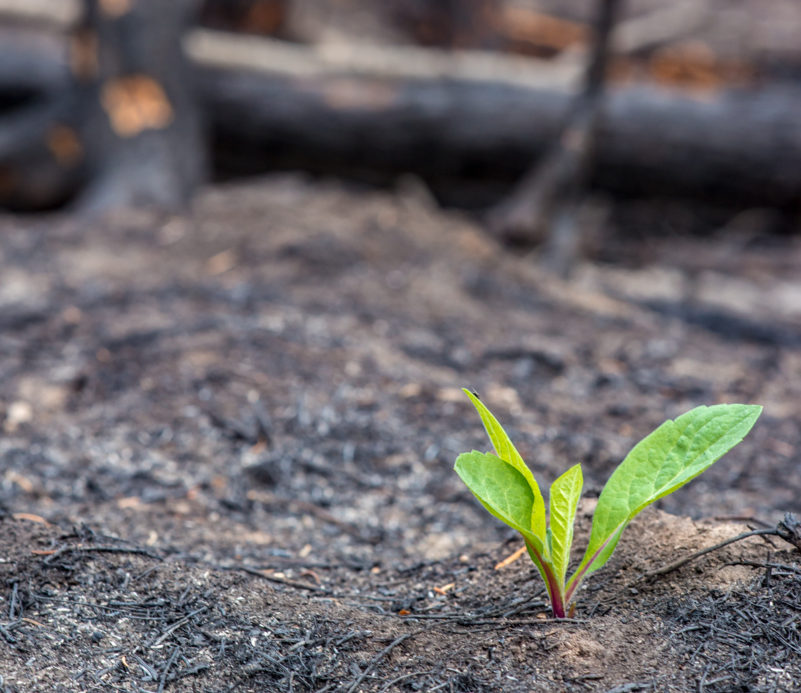
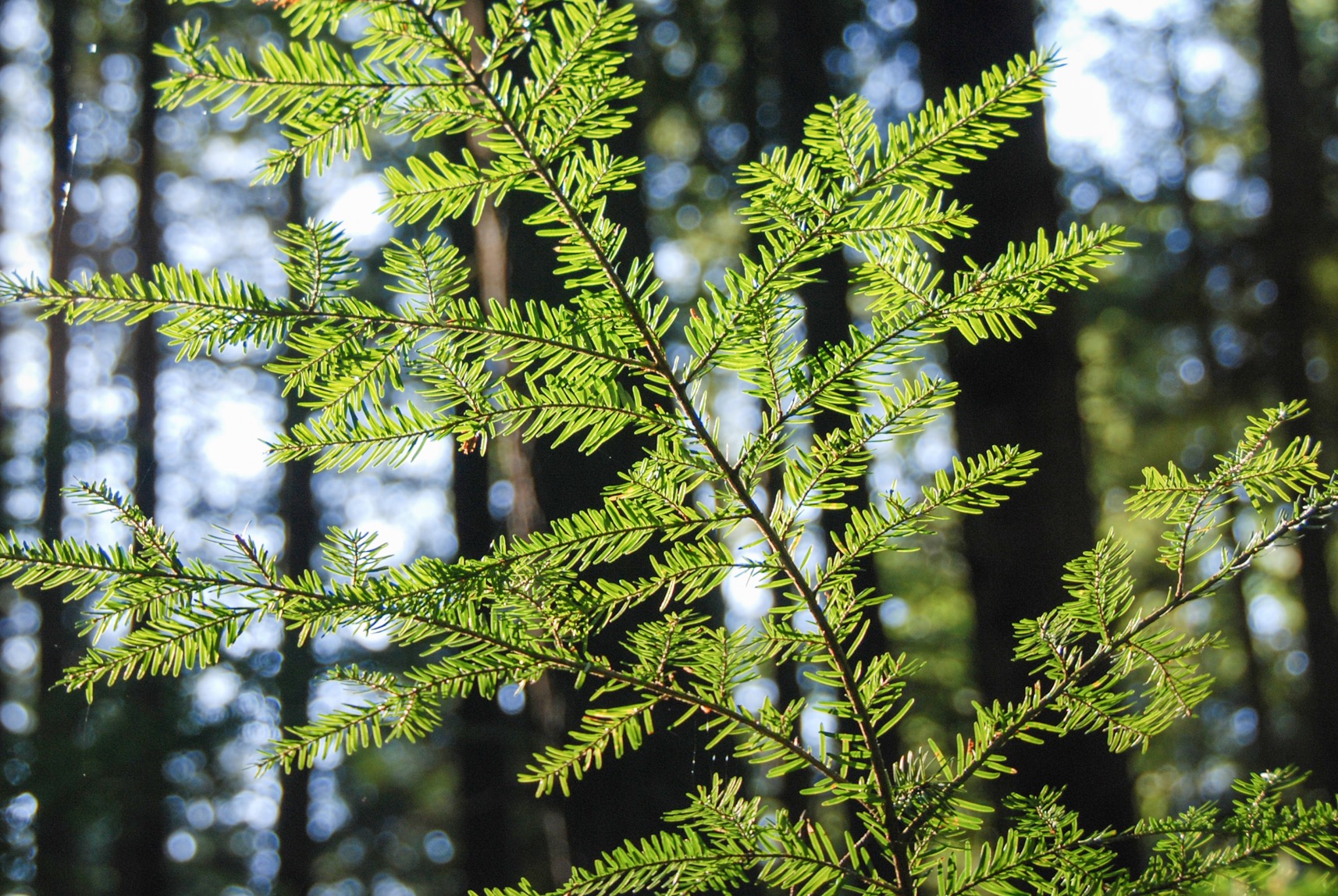 One often hears that the forests of the Sunshine Coast are so productive that they practically beg to be logged, that no amount of logging (read clear-cutting), could possibly put a dent in this apparently inexhaustible resource. This sophistic conception of the forest as anthropocentric extractive resource is built on the old colonial productivism paradigm, which is the opposite of the ecological conception of the forest as an infinitely complex ecosystem whose equilibrium has evolved over millennia, to sustain all living beings and not only humans. …Apparently, the logging company known as the Sunshine Coast Community Forest (SCCF) is of the opinion that this old forest [Blk EW24] is not worth keeping as it is surrounded by logged out land (land which used to be “productive” forests no doubt…).
One often hears that the forests of the Sunshine Coast are so productive that they practically beg to be logged, that no amount of logging (read clear-cutting), could possibly put a dent in this apparently inexhaustible resource. This sophistic conception of the forest as anthropocentric extractive resource is built on the old colonial productivism paradigm, which is the opposite of the ecological conception of the forest as an infinitely complex ecosystem whose equilibrium has evolved over millennia, to sustain all living beings and not only humans. …Apparently, the logging company known as the Sunshine Coast Community Forest (SCCF) is of the opinion that this old forest [Blk EW24] is not worth keeping as it is surrounded by logged out land (land which used to be “productive” forests no doubt…).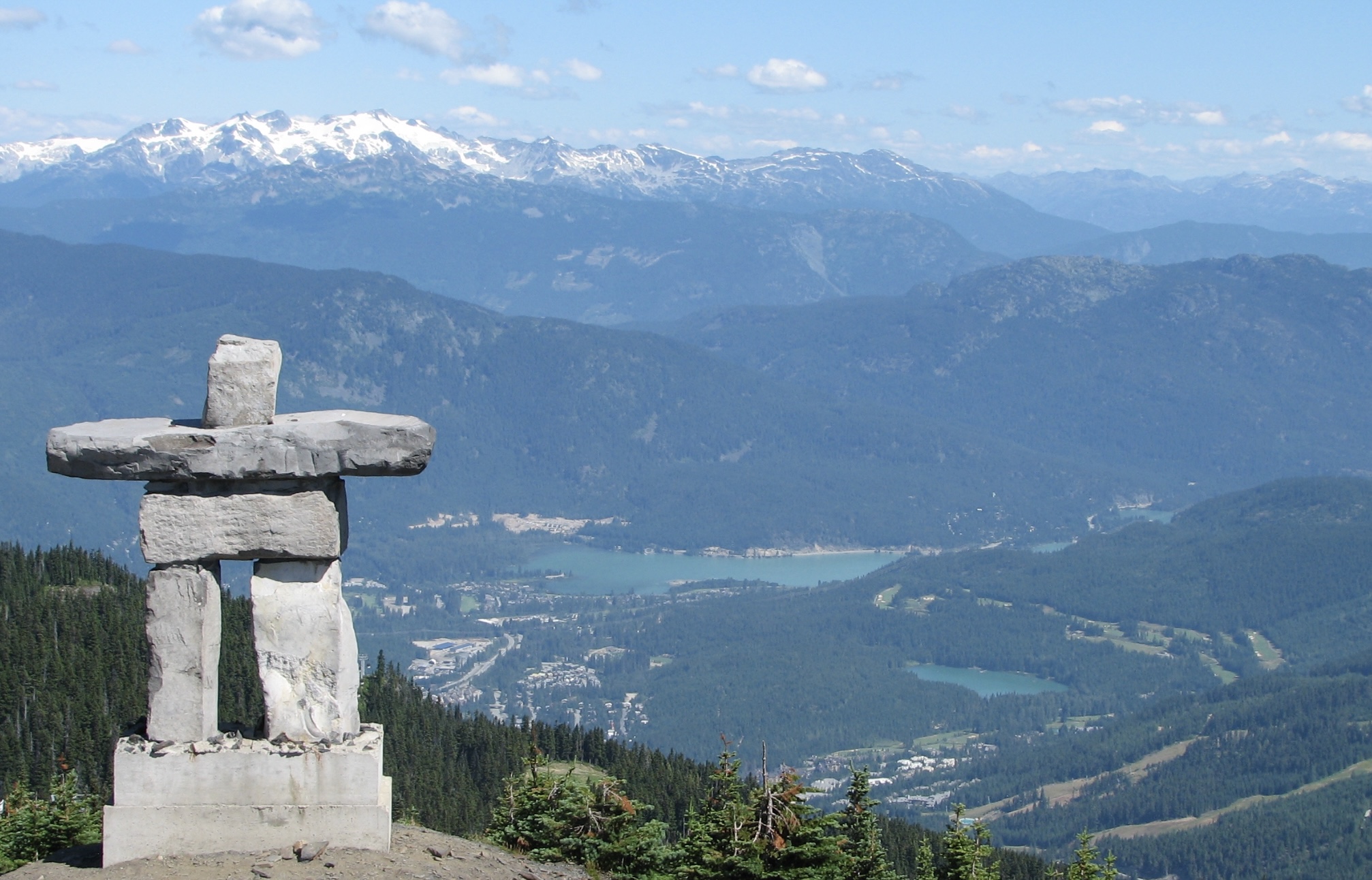 In 2021, British Columbia endured one of the worst wildfire seasons on record, fuelled in part by record-breaking temperatures across the province in June—including in Whistler. …Aside from some smoky skies, Whistler largely avoided the impacts of the 2021 wildfire season—but that doesn’t mean local officials are sleeping easy. …Avoiding a similar fate to Lytton is top of mind for the Resort Municipality of Whistler (RMOW), which is why mayor and council voted to adopt a new Community Wildfire Resiliency Plan (CWRP) at the April 5 council meeting. The new CWRP—which replaces the 2011 Community Wildfire Protection Plan—was drafted by B.A. Blackwell & Associates with input from community stakeholders and RMOW staff. …While the plan recommends thinning forested areas in and around Whistler, particularly along the Highway 99 corridor, FireSmarting high-risk neighbourhoods is its highest priority.
In 2021, British Columbia endured one of the worst wildfire seasons on record, fuelled in part by record-breaking temperatures across the province in June—including in Whistler. …Aside from some smoky skies, Whistler largely avoided the impacts of the 2021 wildfire season—but that doesn’t mean local officials are sleeping easy. …Avoiding a similar fate to Lytton is top of mind for the Resort Municipality of Whistler (RMOW), which is why mayor and council voted to adopt a new Community Wildfire Resiliency Plan (CWRP) at the April 5 council meeting. The new CWRP—which replaces the 2011 Community Wildfire Protection Plan—was drafted by B.A. Blackwell & Associates with input from community stakeholders and RMOW staff. …While the plan recommends thinning forested areas in and around Whistler, particularly along the Highway 99 corridor, FireSmarting high-risk neighbourhoods is its highest priority. Port Alberni, B.C. – Effective today, C̕awak ʔqin Forestry is re-confirming its commitment to Indigenous stewardship by expanding its industry-leading protection of tall trees, and the forests around them, in Tree Farm Licence 44 (TFL 44). Trees within TFL 44 that are over 70 metres in height will be retained as part of C̕awak ʔqin Forestry’s retention standards while the two-year Indigenous-led TFL 44-wide Integrated Resource Management Plan (IRMP) is completed and implemented in accordance with British Columbia’s Declaration on the Rights of Indigenous Peoples Act. This policy change increases protection by lowering the current retention height of 80 metres to 70 metres. “For comparison, the Douglas fir tree identified as ‘Big Lonely Doug’ … measures 70.2 metres,” said Rob Botterell, Director with C̕awak ʔqin Forestry Board of Directors. “Retaining the forest around these tall trees is critical to ensuring we protect them from wind and other impacts while maintaining their integrity and ecological value.”
Port Alberni, B.C. – Effective today, C̕awak ʔqin Forestry is re-confirming its commitment to Indigenous stewardship by expanding its industry-leading protection of tall trees, and the forests around them, in Tree Farm Licence 44 (TFL 44). Trees within TFL 44 that are over 70 metres in height will be retained as part of C̕awak ʔqin Forestry’s retention standards while the two-year Indigenous-led TFL 44-wide Integrated Resource Management Plan (IRMP) is completed and implemented in accordance with British Columbia’s Declaration on the Rights of Indigenous Peoples Act. This policy change increases protection by lowering the current retention height of 80 metres to 70 metres. “For comparison, the Douglas fir tree identified as ‘Big Lonely Doug’ … measures 70.2 metres,” said Rob Botterell, Director with C̕awak ʔqin Forestry Board of Directors. “Retaining the forest around these tall trees is critical to ensuring we protect them from wind and other impacts while maintaining their integrity and ecological value.”





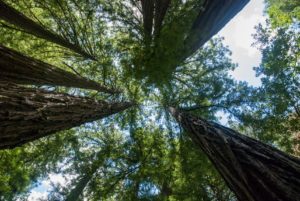 Police are investigating after 30 nails and a PVC pipe were found embedded into the trunk of a fallen old growth tree in the Fairy Creek injunction area. Sooke and Lake Cowichan RCMP were called on April 7 after security guards in Fairy Creek logging area found what appeared to be a number of nails driven through the trunk of a fallen tree. They also found a PVC pipe inserted into the middle of the log, which had been dragged from the area where it was cut. Investigators believe the nails were intentionally placed as a way to stop forestry workers from conducting their operations. …“This tactic to impede forestry operations is not only illegal, but is extremely dangerous,” said Chief Supt. John Brewer.
Police are investigating after 30 nails and a PVC pipe were found embedded into the trunk of a fallen old growth tree in the Fairy Creek injunction area. Sooke and Lake Cowichan RCMP were called on April 7 after security guards in Fairy Creek logging area found what appeared to be a number of nails driven through the trunk of a fallen tree. They also found a PVC pipe inserted into the middle of the log, which had been dragged from the area where it was cut. Investigators believe the nails were intentionally placed as a way to stop forestry workers from conducting their operations. …“This tactic to impede forestry operations is not only illegal, but is extremely dangerous,” said Chief Supt. John Brewer.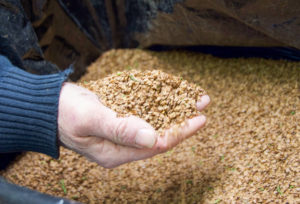 Drones flew over a wildfire-charred landscape in British Columbia last November, dropping thousands of tree seeds on the blackened ground. The flights were part of an experimental trial to reseed First Nations forests that were lost to the monumentally destructive 2017 fire season. With drones on their side, people in the area hope that reforestation can move faster — especially as wildfires continue to worsen. …“We just wanted to find another method of planting that would complement our current, traditional planting methods using tree planters,” Guichon says. …The results of the trial in British Columbia will be coming in over the next year or so and will hopefully yield some positive — and plentiful — findings. Data from these test runs will be used to shape the future of drone-seeding surveys, puck-drop techniques, and reforestation projects.
Drones flew over a wildfire-charred landscape in British Columbia last November, dropping thousands of tree seeds on the blackened ground. The flights were part of an experimental trial to reseed First Nations forests that were lost to the monumentally destructive 2017 fire season. With drones on their side, people in the area hope that reforestation can move faster — especially as wildfires continue to worsen. …“We just wanted to find another method of planting that would complement our current, traditional planting methods using tree planters,” Guichon says. …The results of the trial in British Columbia will be coming in over the next year or so and will hopefully yield some positive — and plentiful — findings. Data from these test runs will be used to shape the future of drone-seeding surveys, puck-drop techniques, and reforestation projects. Things were looking up …in Revelstoke last year. COVID-19 restrictions were winding down, and demand for accommodations from restless travellers was strong. The numbers stayed strong even when nearby wildfires in mid-July covered the town in a layer of ash. But by early August tourists started looking elsewhere, like Vancouver Island, in search of fresh air and sunshine. …Tourism businesses all across the Interior are bracing themselves again for the impact of wildfires on their operations as they try to rebound from two years of pandemic restrictions. …The BC Wildfire Service says the 2022 fire season is off to an average start, and a heavy snowpack in many parts of the Interior is a positive sign. However, regions such as the Okanagan continue to experience deep drought conditions in the soil; last year’s intense blazes had a lasting impact, leaving the area susceptible to burns.
Things were looking up …in Revelstoke last year. COVID-19 restrictions were winding down, and demand for accommodations from restless travellers was strong. The numbers stayed strong even when nearby wildfires in mid-July covered the town in a layer of ash. But by early August tourists started looking elsewhere, like Vancouver Island, in search of fresh air and sunshine. …Tourism businesses all across the Interior are bracing themselves again for the impact of wildfires on their operations as they try to rebound from two years of pandemic restrictions. …The BC Wildfire Service says the 2022 fire season is off to an average start, and a heavy snowpack in many parts of the Interior is a positive sign. However, regions such as the Okanagan continue to experience deep drought conditions in the soil; last year’s intense blazes had a lasting impact, leaving the area susceptible to burns. … A recent study conducted in an aspen forest near Barrier Lake, Alta., found that insect populations had dropped significantly as a result of an overabundance of earthworms — an invasive species in North America. The researchers found that in areas with the highest mass of earthworms, there were 61 per cent fewer individual insects, 18 per cent fewer insect species and a 27 per cent reduction in the total mass of insects on average. …Findings showed that earthworms are a formidable foe for many insects when it comes to food and habitat resources in the studied forest, said Dr. Jochum, particularly those that must compete with them to eat the dead plant and animal material found on forest floors. …policymakers also need to consider earthworms when managing natural ecosystems, which includes taking care to ensure developers are mandated to implement checks-and-balances that consider potential earthworm spread.
… A recent study conducted in an aspen forest near Barrier Lake, Alta., found that insect populations had dropped significantly as a result of an overabundance of earthworms — an invasive species in North America. The researchers found that in areas with the highest mass of earthworms, there were 61 per cent fewer individual insects, 18 per cent fewer insect species and a 27 per cent reduction in the total mass of insects on average. …Findings showed that earthworms are a formidable foe for many insects when it comes to food and habitat resources in the studied forest, said Dr. Jochum, particularly those that must compete with them to eat the dead plant and animal material found on forest floors. …policymakers also need to consider earthworms when managing natural ecosystems, which includes taking care to ensure developers are mandated to implement checks-and-balances that consider potential earthworm spread.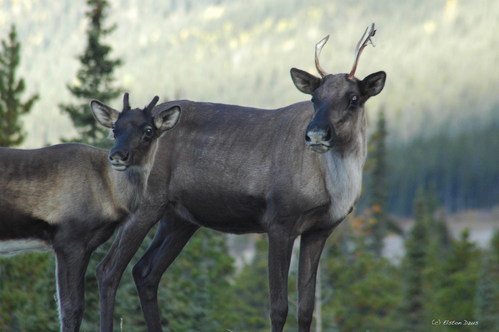



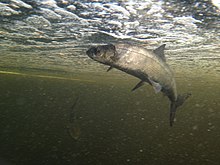

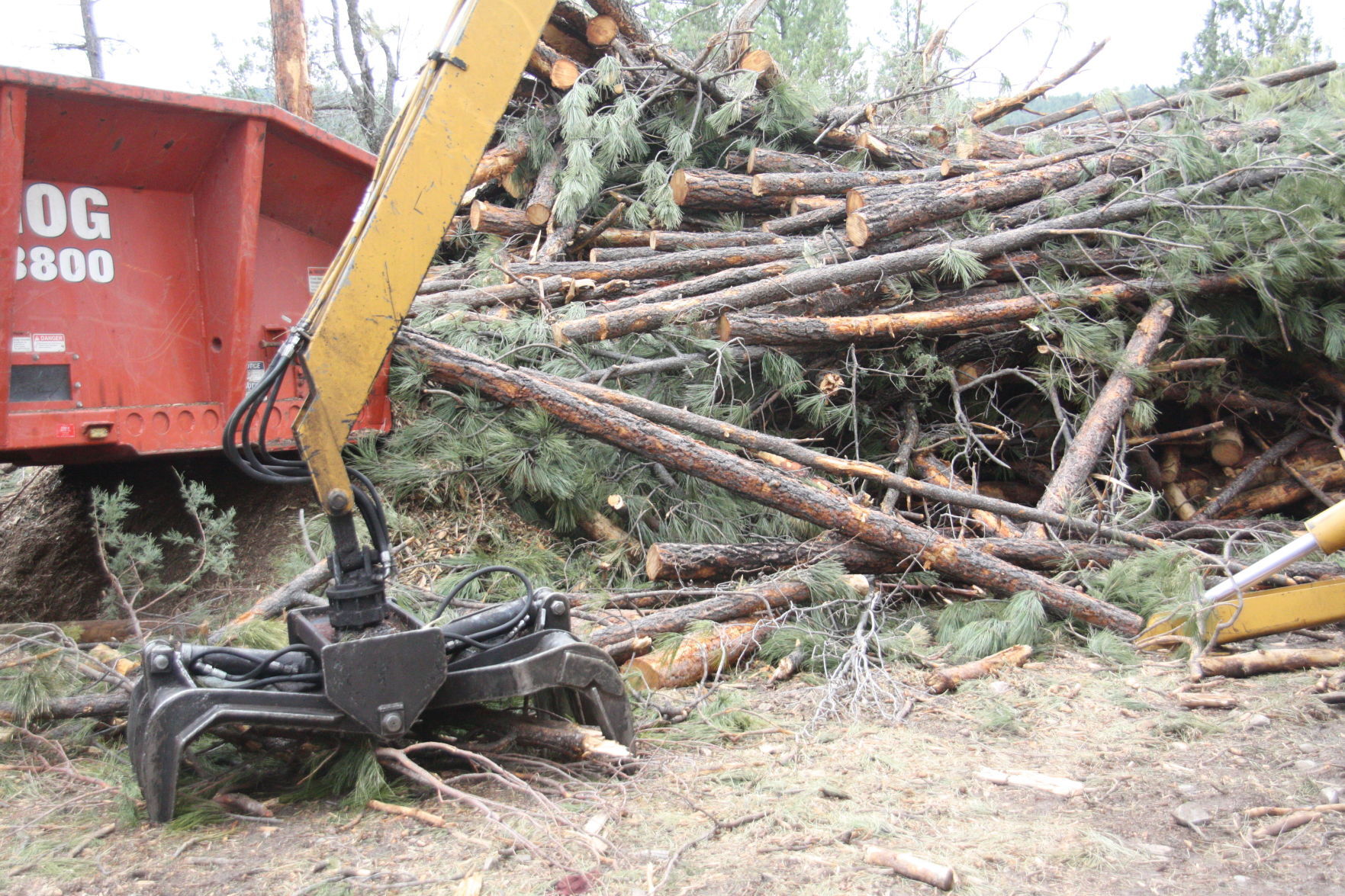
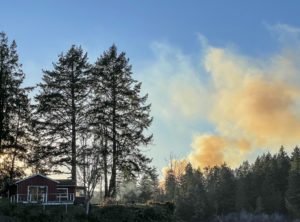 How should Oregon determine which parts of the state face the highest wildfire risk? A
How should Oregon determine which parts of the state face the highest wildfire risk? A 

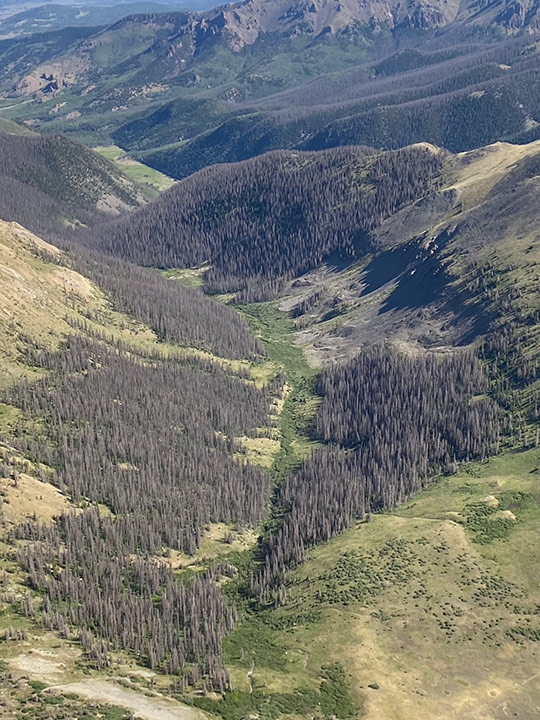
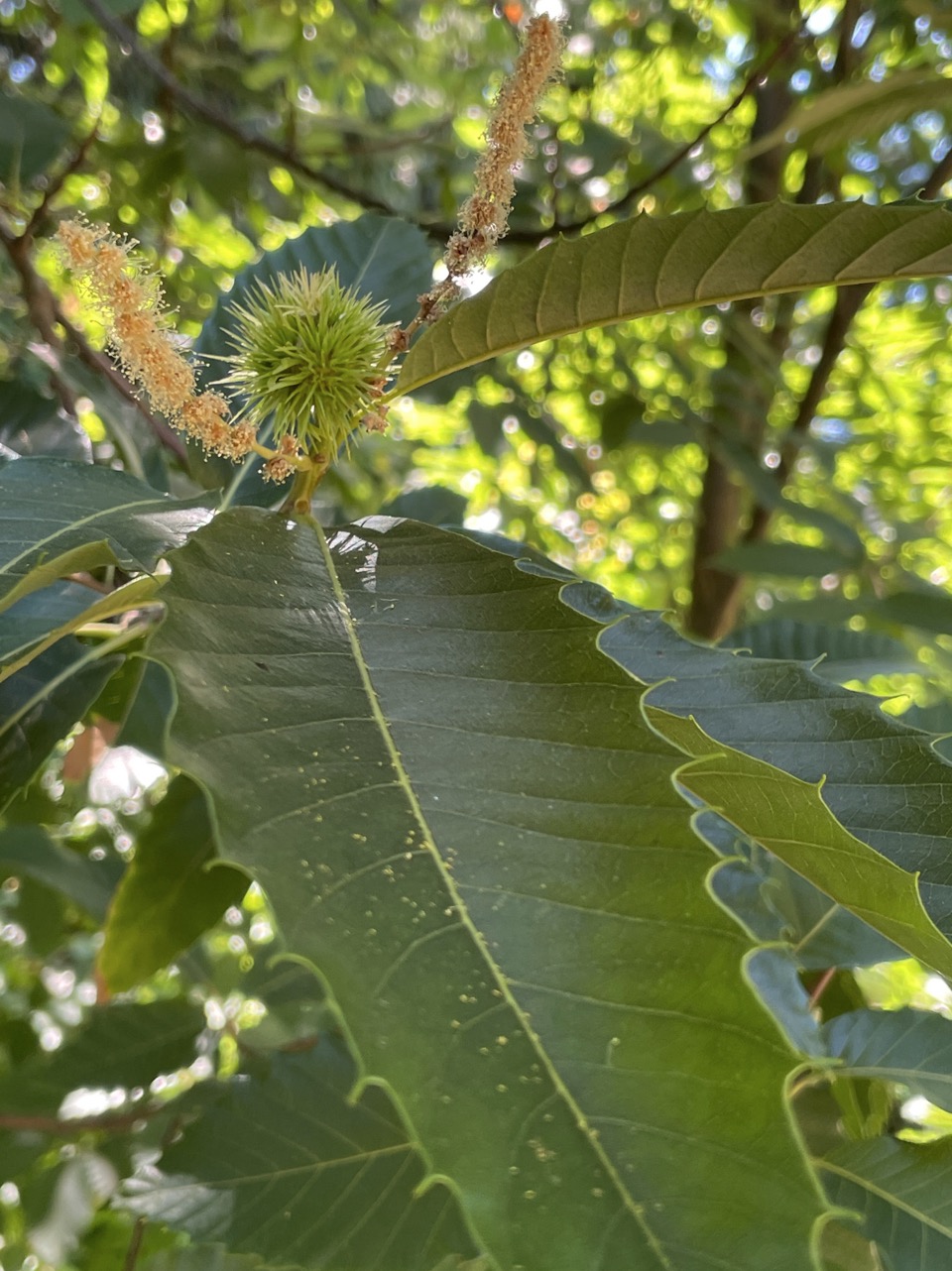 We are closer than ever to climate tipping points that could significantly change life as we know it. Bearing the brunt of the climate crisis are our forests, which are the basis for so-called nature-based solutions, or NBS. …While they may sound appealing on paper, the reality is that GE trees could further exacerbate the climate crisis by threatening forest ecosystems, Indigenous peoples, and biodiversity, especially in eastern forests. …There are no long-term assessments of the risks these GE trees pose to forest ecosystems, water, or nearby human communities. Rather than provide a solution, GE trees have the potential to damage forests, and escalate climate change, environmental destruction, and economic inequality. …GE trees will not solve climate change but exacerbate it by interfering with efforts to protect and regenerate forests. Without a fundamental systemic transformation, no progress towards a liveable future will be made.
We are closer than ever to climate tipping points that could significantly change life as we know it. Bearing the brunt of the climate crisis are our forests, which are the basis for so-called nature-based solutions, or NBS. …While they may sound appealing on paper, the reality is that GE trees could further exacerbate the climate crisis by threatening forest ecosystems, Indigenous peoples, and biodiversity, especially in eastern forests. …There are no long-term assessments of the risks these GE trees pose to forest ecosystems, water, or nearby human communities. Rather than provide a solution, GE trees have the potential to damage forests, and escalate climate change, environmental destruction, and economic inequality. …GE trees will not solve climate change but exacerbate it by interfering with efforts to protect and regenerate forests. Without a fundamental systemic transformation, no progress towards a liveable future will be made.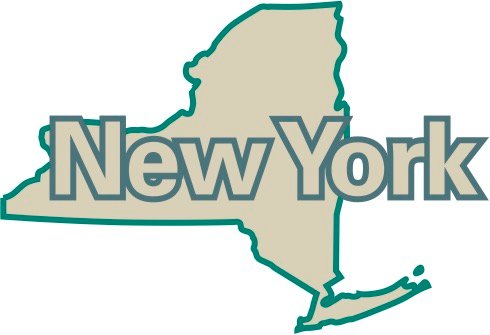
 Do people know that they are literally flushing forests down the toilet? Tossing trees into the trash? That’s just what they are doing with their Charmin toilet paper, Bounty paper towels and Puffs facial tissues. Procter & Gamble, which supplies these disposables, is a leading driver in destroying the largest intact forest left on earth, the vast Canadian boreal forest. It is the
Do people know that they are literally flushing forests down the toilet? Tossing trees into the trash? That’s just what they are doing with their Charmin toilet paper, Bounty paper towels and Puffs facial tissues. Procter & Gamble, which supplies these disposables, is a leading driver in destroying the largest intact forest left on earth, the vast Canadian boreal forest. It is the 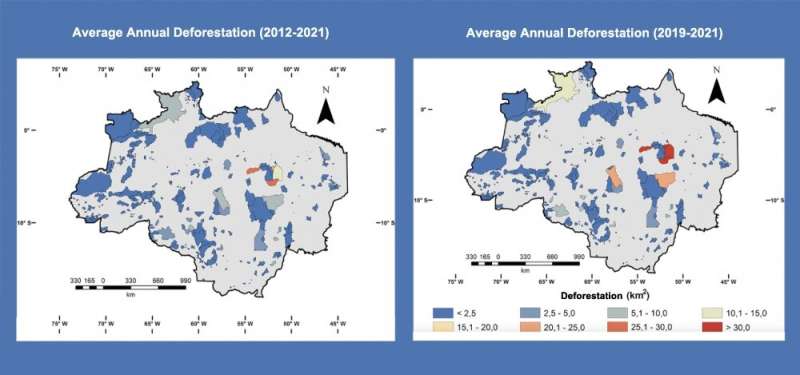
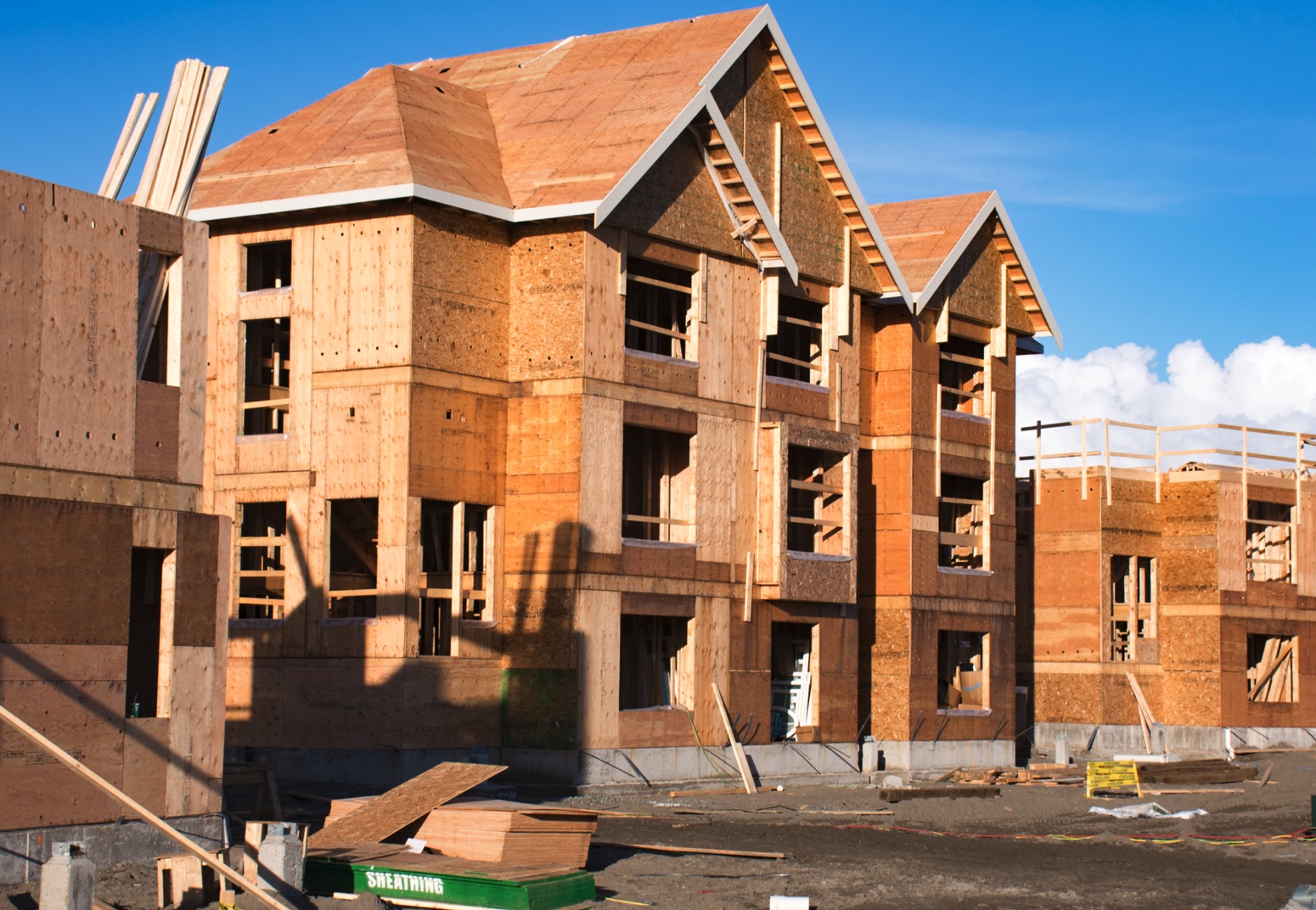 A new report on the impact of the timber shortage crisis on Australia’s housing market has exposed the complete inadequacy of the Morrison Coalition Government’s forestry election commitment announced by the Prime Minister in Tasmania last week. The report by Forest & Wood Products Australia says that Australia will not be able to meet demand for new housing, with the gap between demand for timber used in the housing market and available timber to dramatically increase. The demand for new housing will rise from 183,000 new dwellings per annum now to 259,000 per annum by 2050, driving an increase of almost 50 per cent in the demand for sawn softwood. The report says Australia needs an additional 468,000 hectares of softwood plantations before 2050. The union said the alarming report should be a wake-up call for an urgent Australian plan, with current election commitments by the Morrison Government falling woefully short.
A new report on the impact of the timber shortage crisis on Australia’s housing market has exposed the complete inadequacy of the Morrison Coalition Government’s forestry election commitment announced by the Prime Minister in Tasmania last week. The report by Forest & Wood Products Australia says that Australia will not be able to meet demand for new housing, with the gap between demand for timber used in the housing market and available timber to dramatically increase. The demand for new housing will rise from 183,000 new dwellings per annum now to 259,000 per annum by 2050, driving an increase of almost 50 per cent in the demand for sawn softwood. The report says Australia needs an additional 468,000 hectares of softwood plantations before 2050. The union said the alarming report should be a wake-up call for an urgent Australian plan, with current election commitments by the Morrison Government falling woefully short. I have written before about the huge reliance the UK has on imported timber – after China, it is the second largest net importer of wood products in the world. That reliance on imports is set to increase in the coming decades as domestic demand for timber grows further and domestic supply is forecast to fall. In Scotland, in recent years, we’ve seen real action taken to increase planting and much of that new forest will produce the wood we use in our everyday lives and which will help us to achieve our climate change targets. …The conflict and reset in the Russian/Western relationship, will have fundamental implications political, social and economic. Putin’s war is forcing governments to revisit assumptions and recalibrate policies. The rest of the UK needs to follow Scotland’s lead and plan for a future where we cannot assume that wood will always be freely or cheaply available.
I have written before about the huge reliance the UK has on imported timber – after China, it is the second largest net importer of wood products in the world. That reliance on imports is set to increase in the coming decades as domestic demand for timber grows further and domestic supply is forecast to fall. In Scotland, in recent years, we’ve seen real action taken to increase planting and much of that new forest will produce the wood we use in our everyday lives and which will help us to achieve our climate change targets. …The conflict and reset in the Russian/Western relationship, will have fundamental implications political, social and economic. Putin’s war is forcing governments to revisit assumptions and recalibrate policies. The rest of the UK needs to follow Scotland’s lead and plan for a future where we cannot assume that wood will always be freely or cheaply available.
 Two and a half years ago, in the space of a few terrifying hours, bushfires tore through hundreds of kilometres of bushland and paddocks to the west of Biamanga. The fires destroyed hundreds of homes and flattened buildings on the main streets of Cobargo and Quaama, then climbed toward the ridge line of Biamanga mountain. The 2019-2020 bushfire season led to the declaration of koalas as endangered across most of eastern Australia. But another legacy of the Black Summer has been a surge in support for a different kind of fire. Mr Morgan is a cultural fire practitioner, working with Firesticks Alliance to return traditional Indigenous fire management to koala country, on land sacred to the Yuin people, spanning the boundaries of National Parks estate, State forests and private landholdings.
Two and a half years ago, in the space of a few terrifying hours, bushfires tore through hundreds of kilometres of bushland and paddocks to the west of Biamanga. The fires destroyed hundreds of homes and flattened buildings on the main streets of Cobargo and Quaama, then climbed toward the ridge line of Biamanga mountain. The 2019-2020 bushfire season led to the declaration of koalas as endangered across most of eastern Australia. But another legacy of the Black Summer has been a surge in support for a different kind of fire. Mr Morgan is a cultural fire practitioner, working with Firesticks Alliance to return traditional Indigenous fire management to koala country, on land sacred to the Yuin people, spanning the boundaries of National Parks estate, State forests and private landholdings.